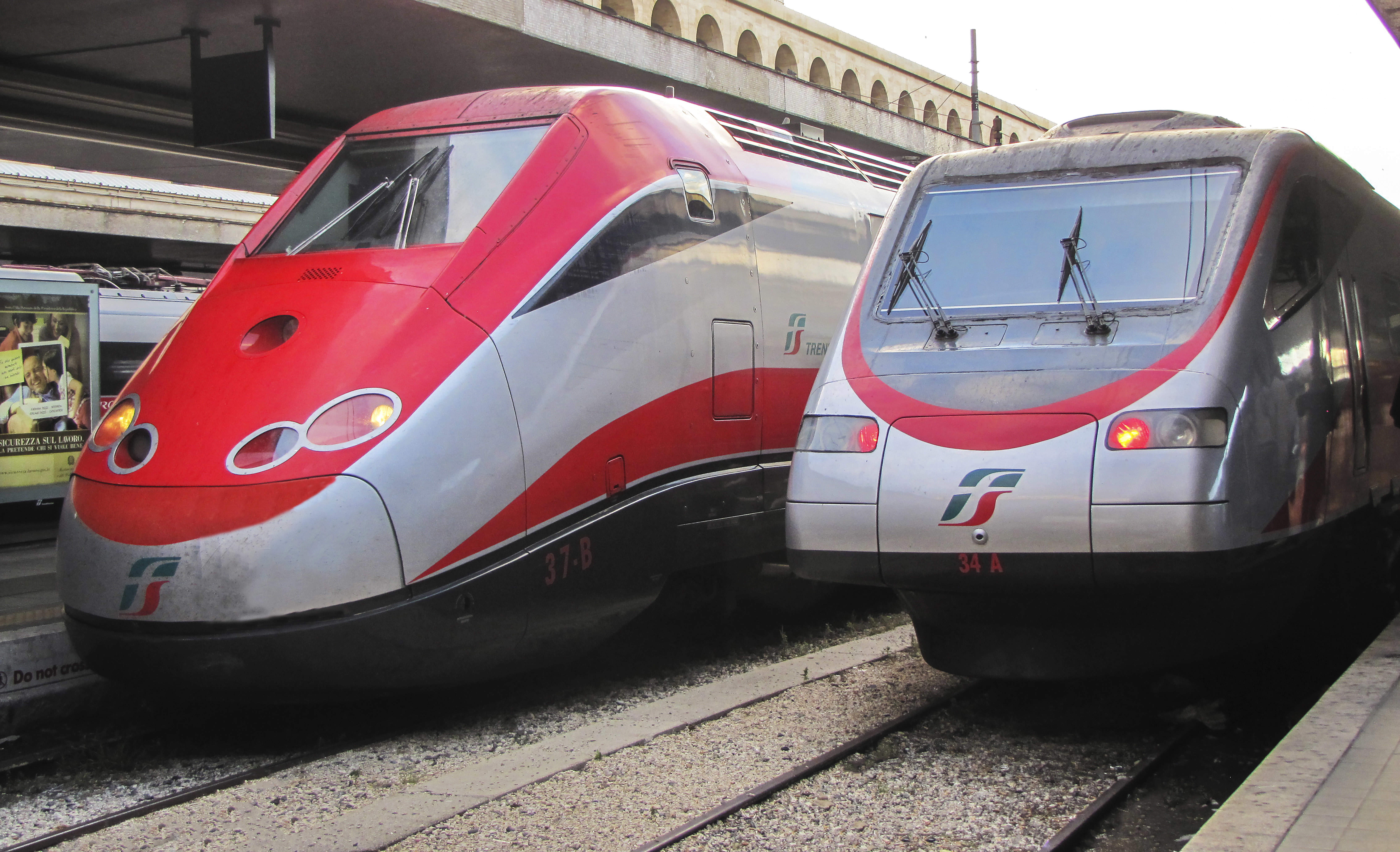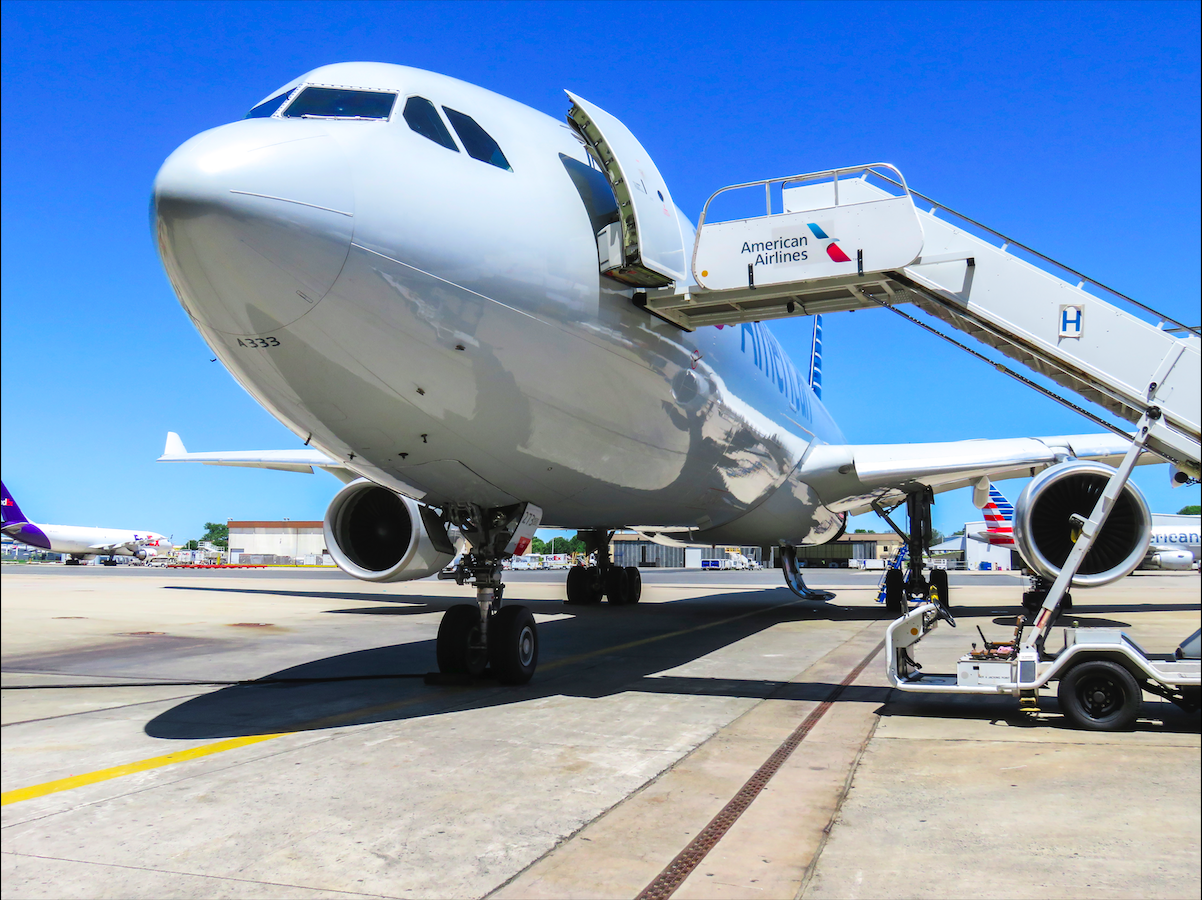TRANSPORTATION AND LOGISTICS
MULTIFUNCTIONAL AND MASTERPLANNED ENVIRONMENTS
MANUFACTURING AND DISTRIBUTION
RESEARCH AND DEVELOPMENT
AVIATION AND AEROSPACE
ECONOMIC DEVELOPMENT
BUSINESS/FINANCING OPTIONS
Achieved as a result of an integrated facility development methodology which addresses operational, organizational, building, equipment, and site requirements. Both capitalizing on existing strengths, and seeking areas for further improvement, while creating new facility solutions.
This involves the definition of a competitive strategy as the basis for the definition of a facility program and project brief.
These utilize new concepts and techniques as part of a new model aimed at solutions that are both financially viable and economically justifiable.
This is relevant to the redevelopment and expansion of existing facilities, and master developments in addition to the creation of new ones.
Both the private and public sectors are therefore motivated to reinvent themselves, seeking to increase their overall productivity and cost effectiveness while improving their competitiveness.
This involves the evaluation of existing scenarios, while seeking new and imaginative operational, organizational, and facility alternatives as part of a new development model.
These need to be complemented by a sensitivity to the environment, seeking to reduce energy consumption, while making use of renewable energy sources as a sustainable solution.
To achieve these goals, use is made of all encompassing solutions, that address operational and behavioral issues, which build on existing strengths while seeking to create the most cost efficient built environment.





Photography by Claire Giroux: clairegiroux.com